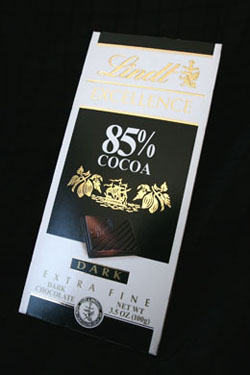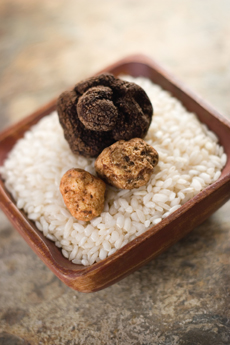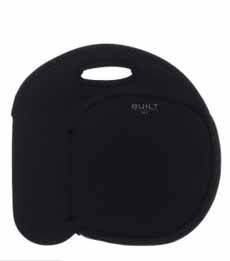Our favorite pistachios come from Santa Barbara Pistachio Company. They farm organic pistachios, and sell salted and unsalted pistachios plus wonderful flavors (Crushed Garlic, Hickory Smoked, Red Hot Habañero Lemon Zing and more) plus gift assortments in case your valentine doesn’t like chocolate.
February 26th is National Pistachio Day.
PISTACHIO NUT HISTORY
Pistachio trees are native to the Middle East, and have been cultivated there for thousands of years. They are mentioned in the Old Testament (Genesis 43:11) as one of the “best products of the land,” along with balm, honey, aromatic gum and myrrh, and almonds.
Pistachios have always been considered a delicacy in the region. Legend says that pistachios were a favorite of the Queen of Sheba, who demanded all of the crops harvested in her land (present-day Yemen) for herself and her court.
Pistachios reached Greece through Alexander the Great (334-323 B.C.E.). Later, under the rule of the Roman Emperor Tiberius (14-37 C.E.), the nut was introduced into Italy and Spain.
During the Persia Empire (present-day Iran), ownership of pistachio groves and trading in pistachios meant high status and riches.
Cultivation expanded with the spread of Islam and the resulting Arab expansion in the Middle Ages. The Venetian Republic had close trade ties with Syria, one of the main cultivation areas for the pistachio. The nuts reached northern and central Italy via the sea trade routes.
North of the Alps, the pistachio remained unknown for a long time. Upon reaching central Europe via Italian sales routes, over the Alpine passes, it was used primarily as an expensive addition to baked goods.
Only after World War II did pistachios become affordable to enjoy as a popular snack [source].
________________
*Later, pistachios were dyed red to stand out in vending machines. Today, some pistachios are still dyed red for marketing purposes.
|




